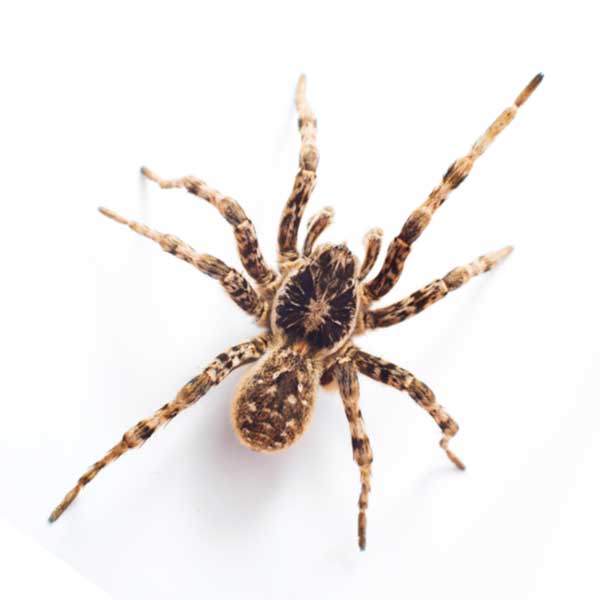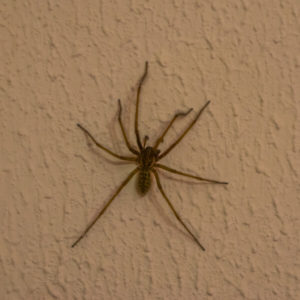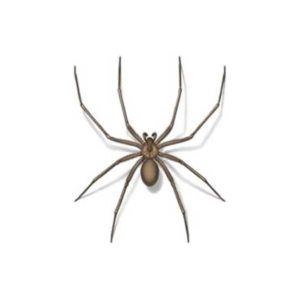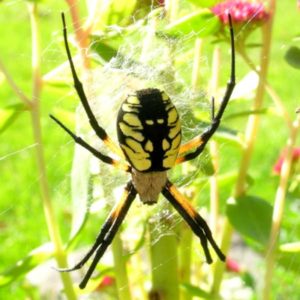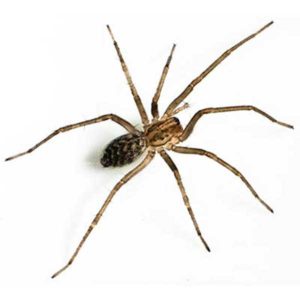Wolf Spiders in Anaheim
Wolf spiders are skilled hunters and can cause concern when found indoors. They have good eyesight and can see people approaching, so they tend to run away when humans come close. Many wolf spiders are active at night and have reflective structures in their eyes, which can be seen when you shine a flashlight at them from 10-30 feet away. While they don’t typically cause problems, they might occasionally enter houses, where their large size can scare people.
Wolf Spider Habitat
Wolf spiders spend most of their time hunting for insects and small prey on the ground. They don’t make webs and can be active both day and night, often living in grassy areas and leaf litter. Some live in burrows, while others roam freely. Groups in grassy areas can contain hundreds or thousands of individual spiders, which can be unnerving to come across. Wolf spiders also play a vital role in ecosystems because they eat many pests. You may even spot female spiders carrying their young on their backs until they can fend for themselves.
Wolf Spider Behaviors, Threats, or Dangers
Wolf spiders do have the ability to bite, but it’s quite a rare occurrence. They usually resort to biting when they feel provoked or mishandled. If you happen to get bitten by a wolf spider, it can be painful, but for most healthy adults, it isn’t a cause for major concern. However, it’s important to note that individuals like children, the elderly, or those with weaker immune systems might experience more significant reactions.

